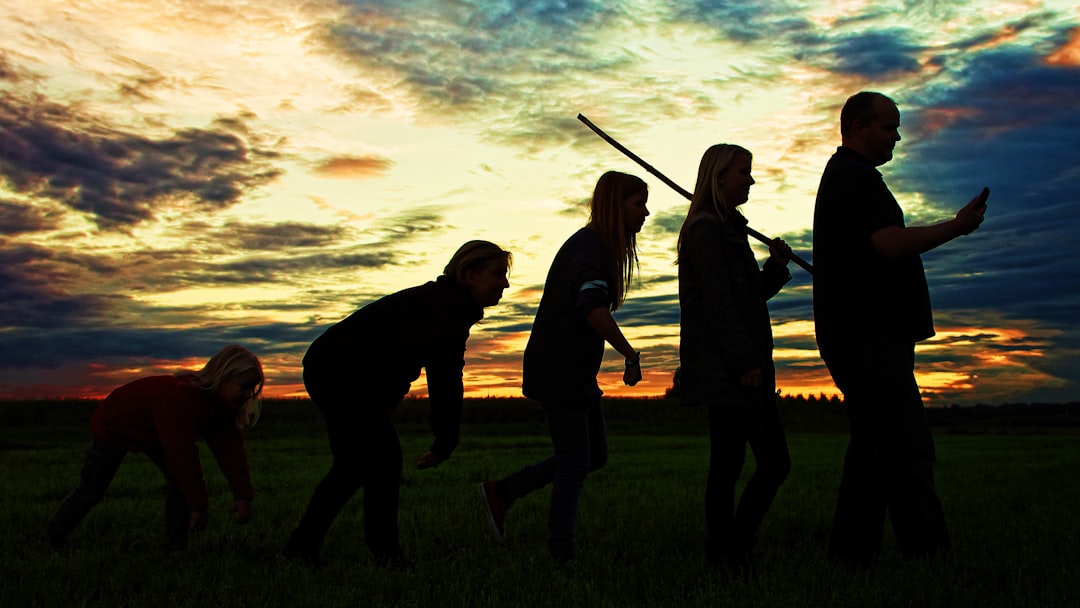What is it about?
Animal Movements represents a continuous and smooth process. We model the movements of a series of jaguars from the Taiamã Ecological Station in the Panatal Wetland in such a manner using smoothing splines. We propose tools, primarily Cooccurence Potential and Localized Mutual Information (LMI), to study the behavior of individuals and the strength of association between their movements independent of proximity.
Featured Image

Photo by Frida Lannerström on Unsplash
Why is it important?
The strength of association (or correlation) of the movements of two animals is subject to sudden change as a result of seasonal periodicity or changes in other environmental factors such as human-interaction and climate change. The primary contribution of this work, Localized Mutual Information (LMI), provides a novel framework for detecting shifts in the association of movements of animals independent of direct proximity. We demonstrate that the tool is able to detect strong association between male jaguars when they are far apart, but near to other females. We are also able to detect a sudden shift in the association of a specific male and female pair during their mating season after a period of high cooccurrence potential (close proximity behavior). Further exploration of LMI and it's unique and versatile properties can be found in the following work: Research Gate: Localized Mutual Information Monitoring of Pairwise Associations in Animal Movement DOI: 10.13140/RG.2.2.23971.37923/4
Perspectives
Correlation of animal movements is an open-ended and fascinating question. Although in some scenarios direct proximity is an appropriate indicator of association, this is frequently not an essential attribute. Animals may behave similarly across expansive regions as a result of road construction, agriculture development and large scale shifts in climate or environment of an ecosystem. We need better tools for detecting associations between animals that largely remain "out of contact" with each other, such as birds sharing or avoiding similar migration routes, animals that follow/stalk each other closely or at a distance, and animals that are only drawn to each other periodically because of seasons or shared resources. This paper details a groundwork application of how this can be accomplished in a more ambitious project with higher-volumes of data. The question "What does correlation mean in animal movement?" is explored in greater detail in my dissertation "Localized Mutual Information Monitoring of Pairwise Associations in Animal Movement" DOI: 10.13140/RG.2.2.23971.37923/4
Andrew Whetten
Kansas State University
Read the Original
This page is a summary of: Smoothing splines of apex predator movement: Functional modeling strategies for exploring animal behavior and social interactions, Ecology and Evolution, December 2021, Wiley,
DOI: 10.1002/ece3.8294.
You can read the full text:
Resources
Contributors
The following have contributed to this page










